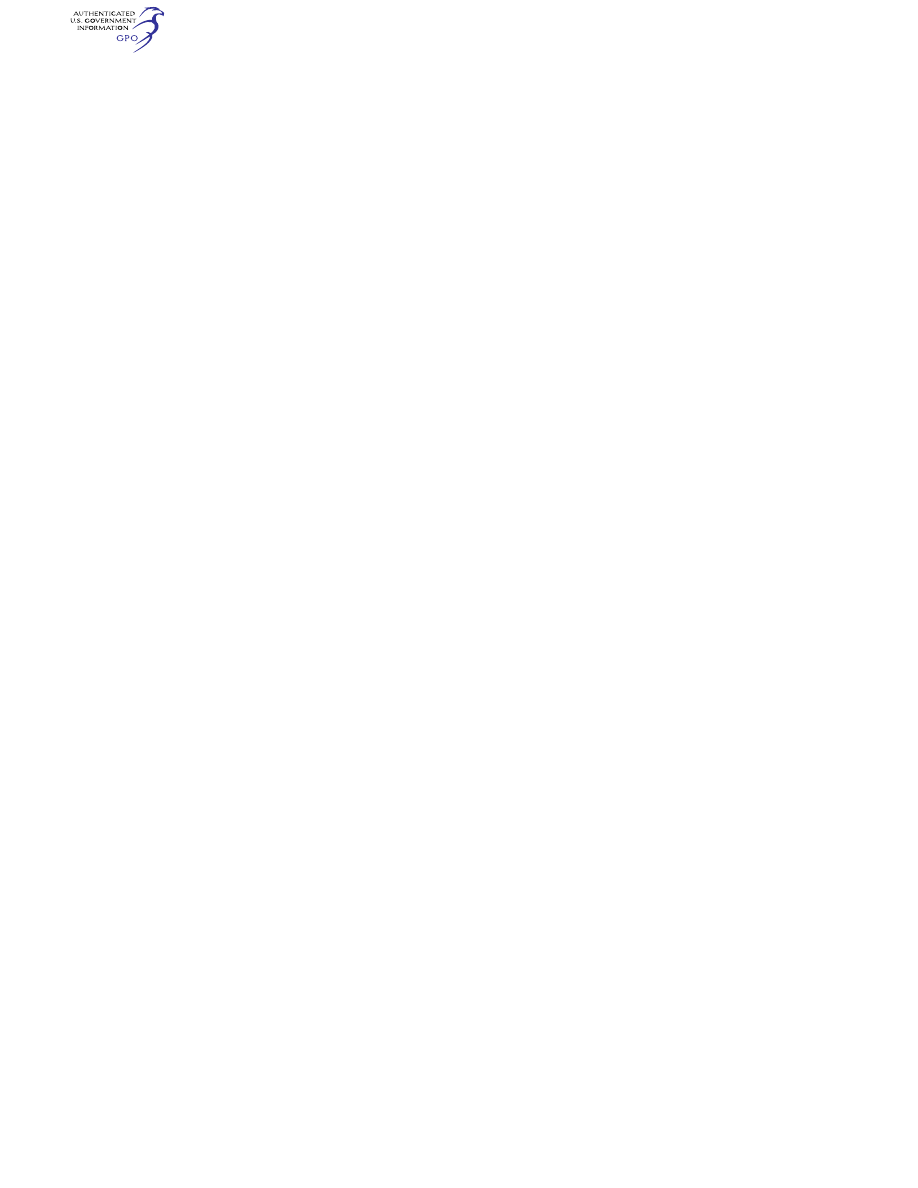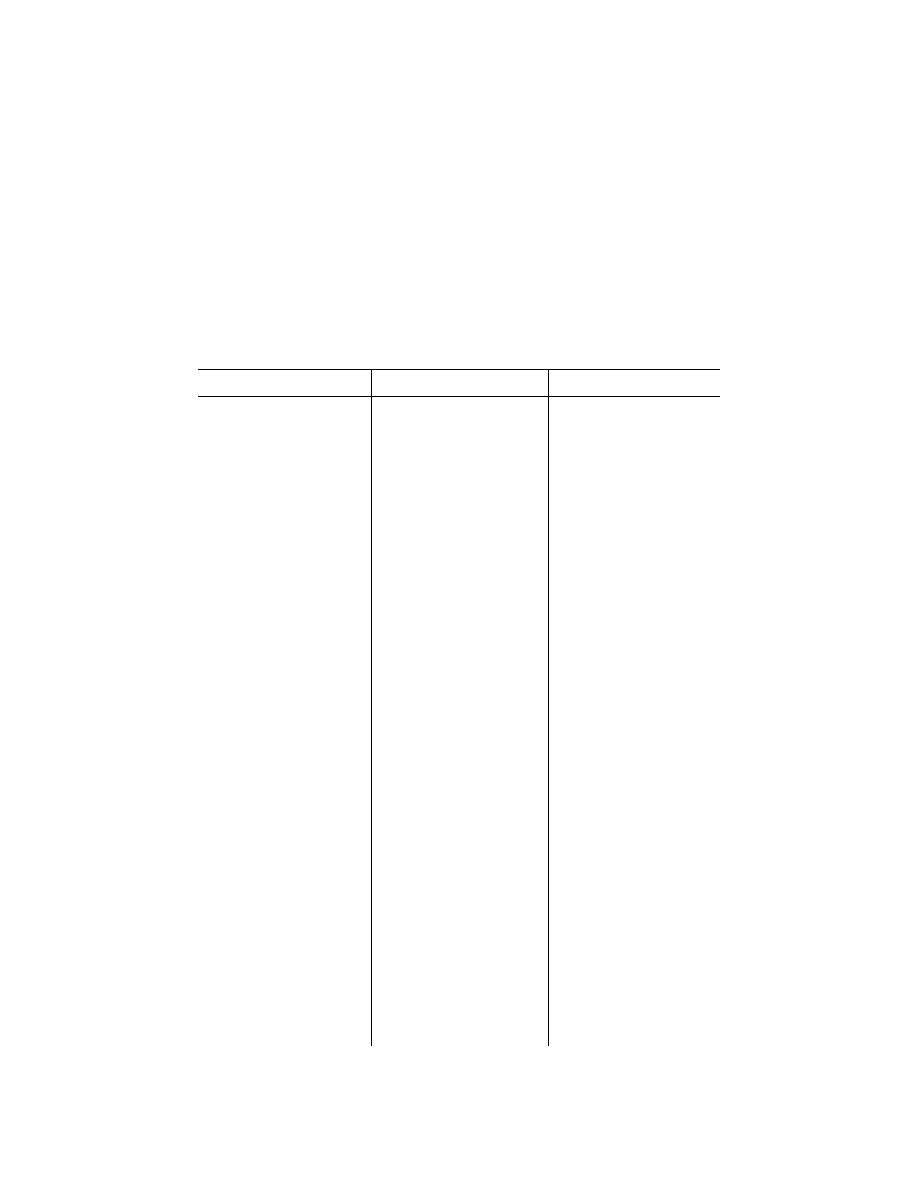
577
Federal Aviation Administration, DOT
§ 61.311
(a)
Knowledge test. You must pass a
knowledge test on the applicable aero-
nautical knowledge areas listed in
§ 61.309. Before you may take the
knowledge test for a sport pilot certifi-
cate, you must receive a logbook en-
dorsement from the authorized instruc-
tor who trained you or reviewed and
evaluated your home-study course on
the aeronautical knowledge areas list-
ed in § 61.309 certifying you are pre-
pared for the test.
(b)
Practical test. You must pass a
practical test on the applicable areas
of operation listed in §§ 61.309 and
61.311. Before you may take the prac-
tical test for a sport pilot certificate,
you must receive a logbook endorse-
ment from the authorized instructor
who provided you with flight training
on the areas of operation specified in
§§ 61.309 and 61.311 in preparation for
the practical test. This endorsement
certifies that you meet the applicable
aeronautical knowledge and experience
requirements and are prepared for the
practical test.
§ 61.309
What aeronautical knowledge
must I have to apply for a sport
pilot certificate?
To apply for a sport pilot certificate
you must receive and log ground train-
ing from an authorized instructor or
complete a home-study course on the
following aeronautical knowledge
areas:
(a) Applicable regulations of this
chapter that relate to sport pilot privi-
leges, limits, and flight operations.
(b) Accident reporting requirements
of the National Transportation Safety
Board.
(c) Use of the applicable portions of
the aeronautical information manual
and FAA advisory circulars.
(d) Use of aeronautical charts for
VFR navigation using pilotage, dead
reckoning, and navigation systems, as
appropriate.
(e) Recognition of critical weather
situations from the ground and in
flight, windshear avoidance, and the
procurement and use of aeronautical
weather reports and forecasts.
(f) Safe and efficient operation of air-
craft, including collision avoidance,
and recognition and avoidance of wake
turbulence.
(g) Effects of density altitude on
takeoff and climb performance.
(h) Weight and balance computa-
tions.
(i) Principles of aerodynamics, pow-
erplants, and aircraft systems.
(j) Stall awareness, spin entry, spins,
and spin recovery techniques, as appli-
cable.
(k) Aeronautical decision making
and risk management.
(l) Preflight actions that include—
(1) How to get information on runway
lengths at airports of intended use,
data on takeoff and landing distances,
weather reports and forecasts, and fuel
requirements; and
(2) How to plan for alternatives if the
planned flight cannot be completed or
if you encounter delays.
[Doc. No. FAA–2001–11133, 69 FR 44869, July
27, 2004, as amended by Amdt. 61–125, 75 FR
5221, Feb. 1, 2010]
§ 61.311
What flight proficiency re-
quirements must I meet to apply for
a sport pilot certificate?
To apply for a sport pilot certificate
you must receive and log ground and
flight training from an authorized in-
structor on the following areas of oper-
ation, as appropriate, for airplane sin-
gle-engine land or sea, glider, gyro-
plane, airship, balloon, powered para-
chute land or sea, and weight-shift-con-
trol aircraft land or sea privileges:
(a) Preflight preparation.
(b) Preflight procedures.
(c) Airport, seaplane base, and
gliderport operations, as applicable.
(d) Takeoffs (or launches), landings,
and go-arounds.
(e) Performance maneuvers, and for
gliders, performance speeds.
(f) Ground reference maneuvers (not
applicable to gliders and balloons).
(g) Soaring techniques (applicable
only to gliders).
(h) Navigation.
(i) Slow flight (not applicable to
lighter-than-air aircraft and powered
parachutes).
(j) Stalls (not applicable to lighter-
than-air aircraft, gyroplanes, and pow-
ered parachutes).
(k) Emergency operations.
VerDate Sep<11>2014
14:00 Mar 14, 2024
Jkt 262047
PO 00000
Frm 00587
Fmt 8010
Sfmt 8002
Q:\14\14V2.TXT
PC31
aworley on LAPBH6H6L3 with DISTILLER

578
14 CFR Ch. I (1–1–24 Edition)
§ 61.313
(l) Post-flight procedures.
[Doc. No. FAA–2001–11133, 69 FR 44869, July
27, 2004, as amended by Amdt. 61–125, 75 FR
5221, Feb. 1, 2010]
§ 61.313
What aeronautical experience
must I have to apply for a sport
pilot certificate?
Use the following table to determine
the aeronautical experience you must
have to apply for a sport pilot certifi-
cate:
If you are applying for a sport pilot certifi-
cate with . . .
Then you must log at least . . .
Which must include at least . . .
(a) Airplane category and single-engine
land or sea class privileges,
(1) 20 hours of flight time, including at
least 15 hours of flight training from an
authorized instructor in a single-engine
airplane and at least 5 hours of solo
flight training in the areas of operation
listed in § 61.311,
(i) 2 hours of cross-country flight training,
(ii) 10 takeoffs and landings to a full
stop (with each landing involving a
flight in the traffic pattern) at an airport,
(iii) One solo cross-country flight of at
least 75 nautical miles total distance,
with a full-stop landing at a minimum
of two points and one segment of the
flight consisting of a straight-line dis-
tance of at least 25 nautical miles be-
tween the takeoff and landing loca-
tions, and (iv) 2 hours of flight training
with an authorized instructor on those
areas of operation specified in
§ 61.311 in preparation for the practical
test within the preceding 2 calendar
months from the month of the test.
(b) Glider category privileges, and you
have not logged at least 20 hours of
flight time in a heavier-than-air aircraft,
(1) 10 hours of flight time in a glider, in-
cluding 10 flights in a glider receiving
flight training from an authorized in-
structor and at least 2 hours of solo
flight training in the areas of operation
listed in § 61.311,
(i) Five solo launches and landings, and
(ii) at least 3 training flights with an au-
thorized instructor on those areas of
operation specified in § 61.311 in prep-
aration for the practical test within the
preceding 2 calendar months from the
month of the test.
(c) Glider category privileges, and you
have logged 20 hours flight time in a
heavier-than-air aircraft,
(1) 3 hours of flight time in a glider, in-
cluding five flights in a glider while re-
ceiving flight training from an author-
ized instructor and at least 1 hour of
solo flight training in the areas of oper-
ation listed in § 61.311,
(i) Three solo launches and landings,
and (ii) at least 3 training flights with
an authorized instructor on those
areas of operation specified in
§ 61.311 in preparation for the practical
test within the preceding 2 calendar
months from the month of the test.
(d) Rotorcraft category and gyroplane
class privileges,
(1) 20 hours of flight time, including 15
hours of flight training from an author-
ized instructor in a gyroplane and at
least 5 hours of solo flight training in
the areas of operation listed in
§ 61.311,
(i) 2 hours of cross-country flight training,
(ii) 10 takeoffs and landings to a full
stop (with each landing involving a
flight in the traffic pattern) at an airport,
(iii) One solo cross-country flight of at
least 50 nautical miles total distance,
with a full-stop landing at a minimum
of two points, and one segment of the
flight consisting of a straight-line dis-
tance of at least 25 nautical miles be-
tween the takeoff and landing loca-
tions, and (iv) 2 hours of flight training
with an authorized instructor on those
areas of operation specified in
§ 61.311 in preparation for the practical
test within the preceding 2 calendar
months from the month of the test.
(e) Lighter-than-air category and airship
class privileges,
(1) 20 hours of flight time, including 15
hours of flight training from an author-
ized instructor in an airship and at
least 3 hours performing the duties of
pilot in command in an airship with an
authorized instructor in the areas of
operation listed in § 61.311,
(i) 2 hours of cross-country flight training,
(ii) Three takeoffs and landings to a
full stop (with each landing involving a
flight in the traffic pattern) at an airport,
(iii) One cross-country flight of at least
25 nautical miles between the takeoff
and landing locations, and (iv) 2 hours
of flight training with an authorized in-
structor on those areas of operation
specified in § 61.311 in preparation for
the practical test within the preceding
2 calendar months from the month of
the test.
VerDate Sep<11>2014
14:00 Mar 14, 2024
Jkt 262047
PO 00000
Frm 00588
Fmt 8010
Sfmt 8002
Q:\14\14V2.TXT
PC31
aworley on LAPBH6H6L3 with DISTILLER

